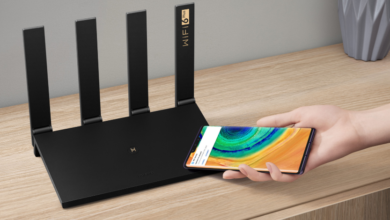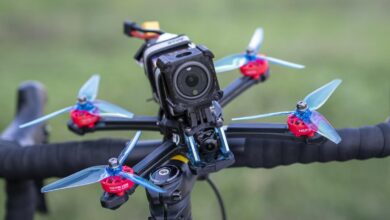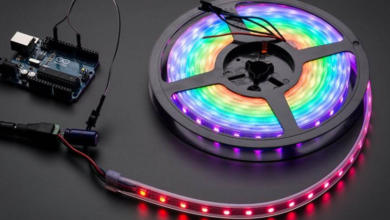What Makes a Great Smartphone Camera?

Smartphone cameras have replaced point-and-shoots and even challenge DSLRs in many casual photography settings. But not all phone cameras deliver the same results. A great smartphone camera combines multiple elements: hardware, software, and user control. It captures detailed, sharp, and well-balanced images in every lighting condition with minimal effort from the user. Knowing what defines a great camera with a good HONOR 400 pro price helps users make smarter buying decisions and improves everyday photography.
Core Features That Define Camera Quality
Beyond megapixels, several technical and software-driven features shape camera performance. Understanding each one gives you a clearer idea of what to look for in a new phone.
Sensor size and lens quality affect image detail
The sensor is the heart of any camera. A larger sensor captures more light, which improves dynamic range, sharpness, and low-light performance. Most high-end phones now use sensors around 1/1.3” or larger. The size matters more than the number of pixels it holds. Megapixels determine how large an image can be printed or cropped without losing detail. But packing too many pixels onto a small sensor causes noise. A balanced resolution—like 12MP to 50MP on a large sensor—offers great results. Lens quality also plays a key role. High-quality lenses with wider apertures (like f/1.6 or f/1.8) let in more light and help with shallow depth-of-field effects. Fewer lens elements and better coatings reduce distortion and lens flare. A great smartphone camera uses a good sensor and lens combo to capture light, color, and detail accurately.
Image processing software balances light and color
What happens after the shutter click often matters more than the capture itself. Image processing algorithms handle tasks like sharpening, noise reduction, HDR blending, and white balance. Many Phones stand out because of their smart processing. They combine multiple frames into one image, enhance shadows and highlights, and correct exposure without overdoing it. A great camera doesn’t just take one shot—it takes several in milliseconds and chooses the best parts from each. This ensures that skies don’t blow out, faces stay bright, and colors look natural. Real-time enhancements like AI scene detection also help. These tools adjust settings automatically based on the subject—be it food, people, pets, or landscapes. While not perfect, they simplify great results for everyday users.
See also: The Evolution of Music Composition with AI Technology
Versatile shooting options support creative control
Great smartphone cameras offer more than just a main lens. Ultrawide, telephoto, macro, and depth sensors expand creative possibilities. A good ultrawide lens should avoid edge distortion. A useful telephoto lens should offer optical zoom without heavy quality loss. Low-light and night modes matter, too. A great night mode uses multi-frame processing, long exposure simulation, and minimal noise. It should work handheld without needing a tripod. Manual or “Pro” modes allow advanced users to control ISO, shutter speed, white balance, and focus. RAW shooting support helps those who edit photos later. Video performance is just as important. A strong smartphone camera records at least 4K 30fps with good stabilization. Some even support 4K 60fps or cinematic modes with background blur. When cameras combine all these features and perform consistently across them, they stand out as best-in-class.

Conclusion
A great smartphone camera doesn’t rely on just one feature. It balances sensor quality, optical clarity, software intelligence, and shooting versatility. It works well in bright light, low light, indoors, and outdoors—with minimal user adjustment. The best cameras capture detail without overprocessing. They maintain skin tones, control highlights, and deliver clear photos across all lenses. They respond fast, shoot accurately, and give users confidence every time they press the shutter. Before buying a new phone, check real-world camera samples—not just specs. Great photography comes from the harmony of hardware and software, not the highest megapixel number.




